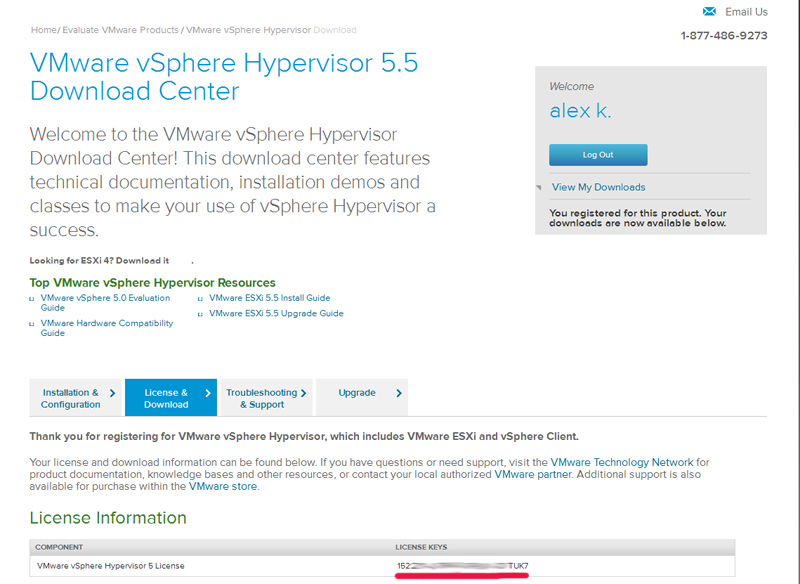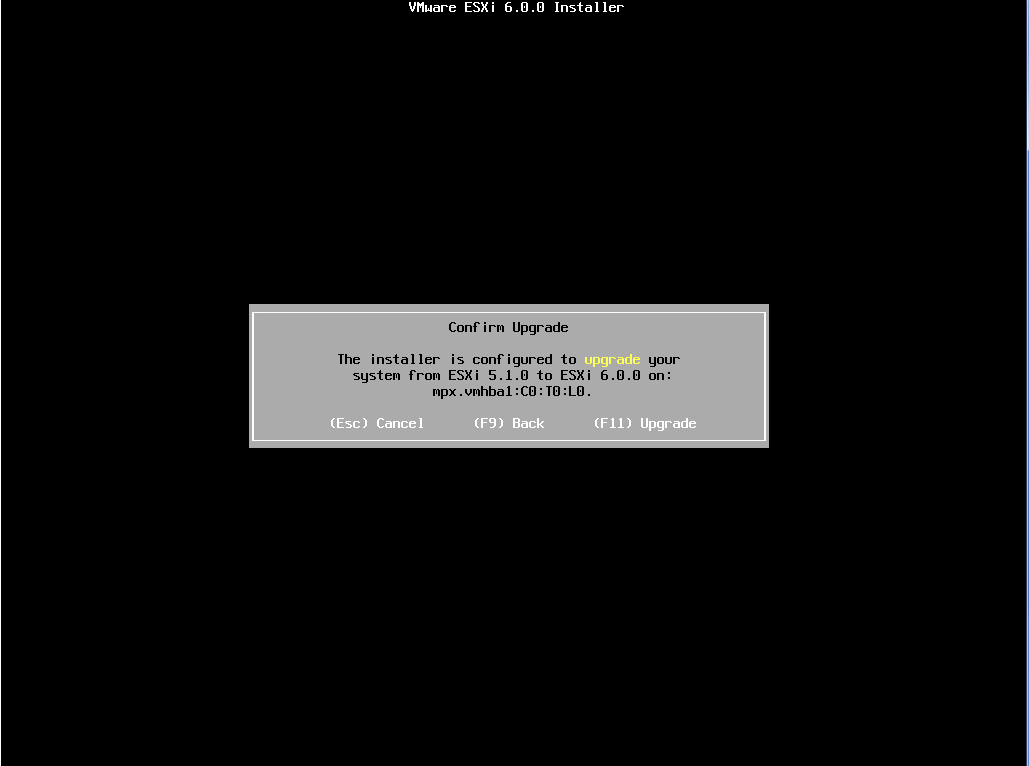

As shown in the following screen shot, you need to download the VWware-VIMSetup-all-6.0.0-*.iso files.Īlternatively, you can download the VMware vCenter Server 6.0 files from the VMware web site as seen in the following screen shot:

You will be prompted for you login information when you attempt to install the image.
Download the Windows vCenter ISO image and install it. The following steps explain how to use the vSphere Update Manager for vSphere 6 when you do not have the option to use the version that is embedded into the vCenter Server Appliance. Installing Update manager on Windows server for vSphere 6 However, if you are using a version earlier than 6.5, you still need to use a Windows VM for the vSphere Update Manager. Thus, you do not need to use as separate Windows virtual machine (VM) for the vSphere Update Manager. Starting with V6.5, VMware vSphere Update Manager is embedded into the vCenter Server Appliance under the Operations and Policies section as shown in the following screen shot: Most VMware users use the vSphere Update Manager to quickly and easily download patches from the Internet and apply them to clusters according to baseline policies. Note: A manual upgrade of the VMware ESXi host is not supported. An upgrade from ESXi 5.5 to 6.0 and ESXi 6.0 to 6.5 requires an operating system reload to match the license. If you use the scripted method to upgrade to ESXi 8.0, you can provide the license key in the kickstart (ks) file.As shown in the following screen shot, IBM Cloud provides an operating system reload to upgrade your VMware ESXi host. See the vCenter Server and Host Management documentation for details. After you have vSphere 8 licenses, you must assign them to all upgraded ESXi 8.0 hosts by using the license management functionality in the vSphere Client. 
You can acquire vSphere 8 licenses from My VMware. See About ESXi Evaluation and Licensed Modes. When you upgrade ESXi 6.7 or ESXi 7.0 hosts to ESXi 8.0 hosts, the hosts are in a 60-day evaluation mode period until you apply the correct vSphere 8 licenses. For example, if you upgrade an ESXi host from 7.x to 8.0, you need to license the host with a vSphere 8 license. If you upgrade an ESXi host to a version that starts with a different number, you must apply a new license. For example, if you upgrade a host from ESXi 6.5 to 6.7, you can use the same license for the host. If you upgrade an ESXi host to a version that starts with the same number, you do not need to replace the existing license with a new one. After you upgrade to ESXi 8.0, you must apply a vSphere 8 license.







 0 kommentar(er)
0 kommentar(er)
